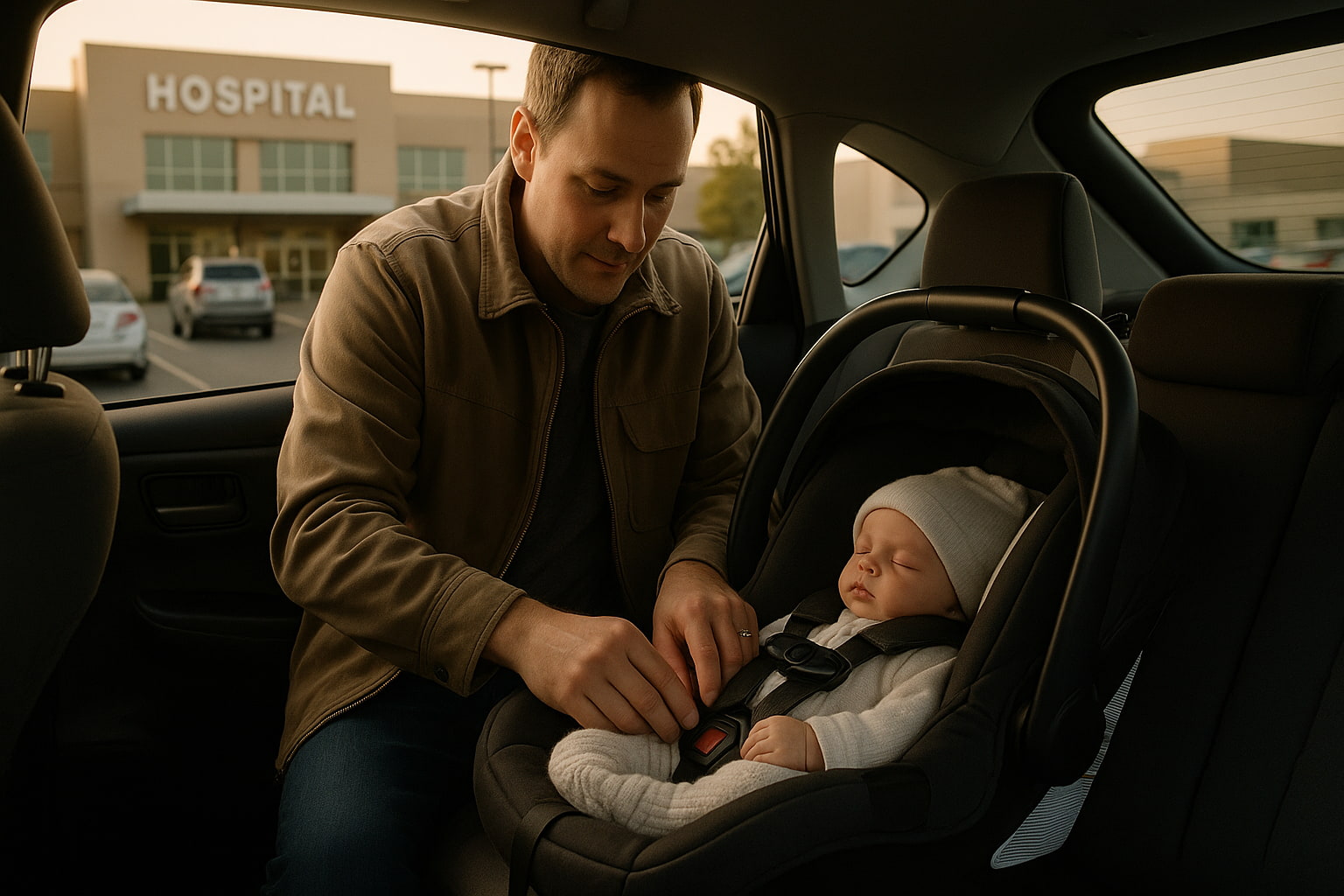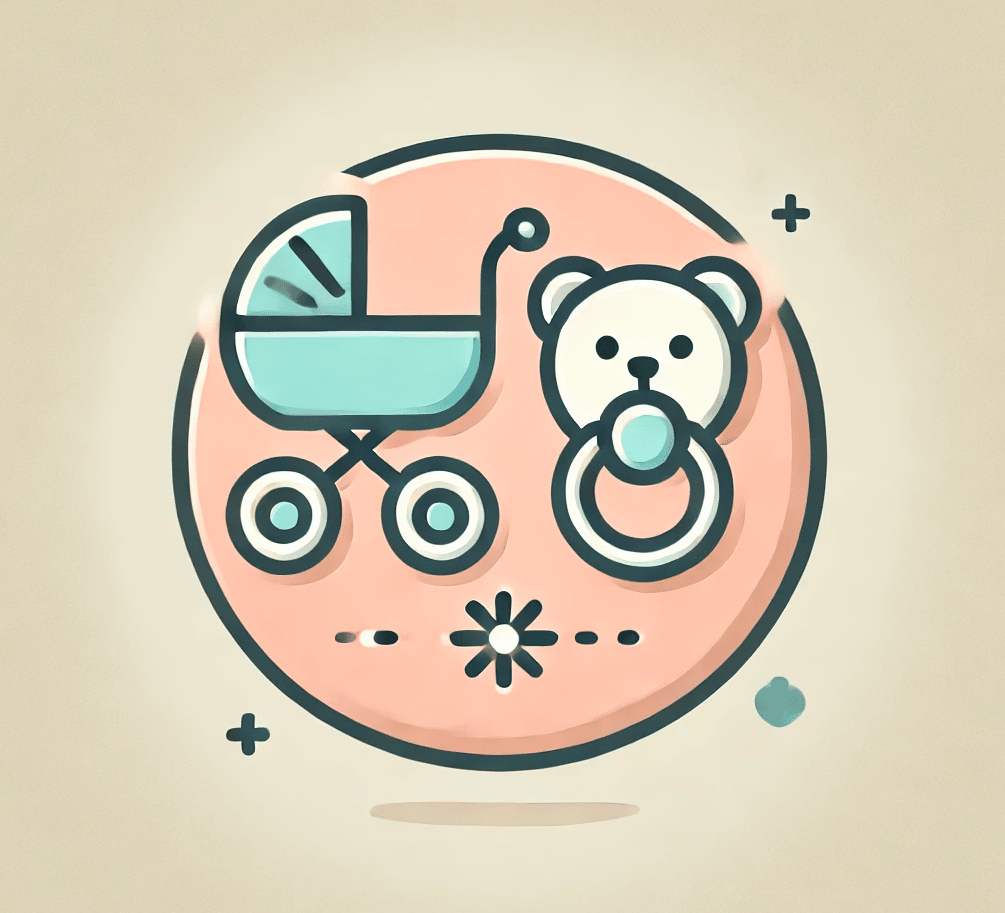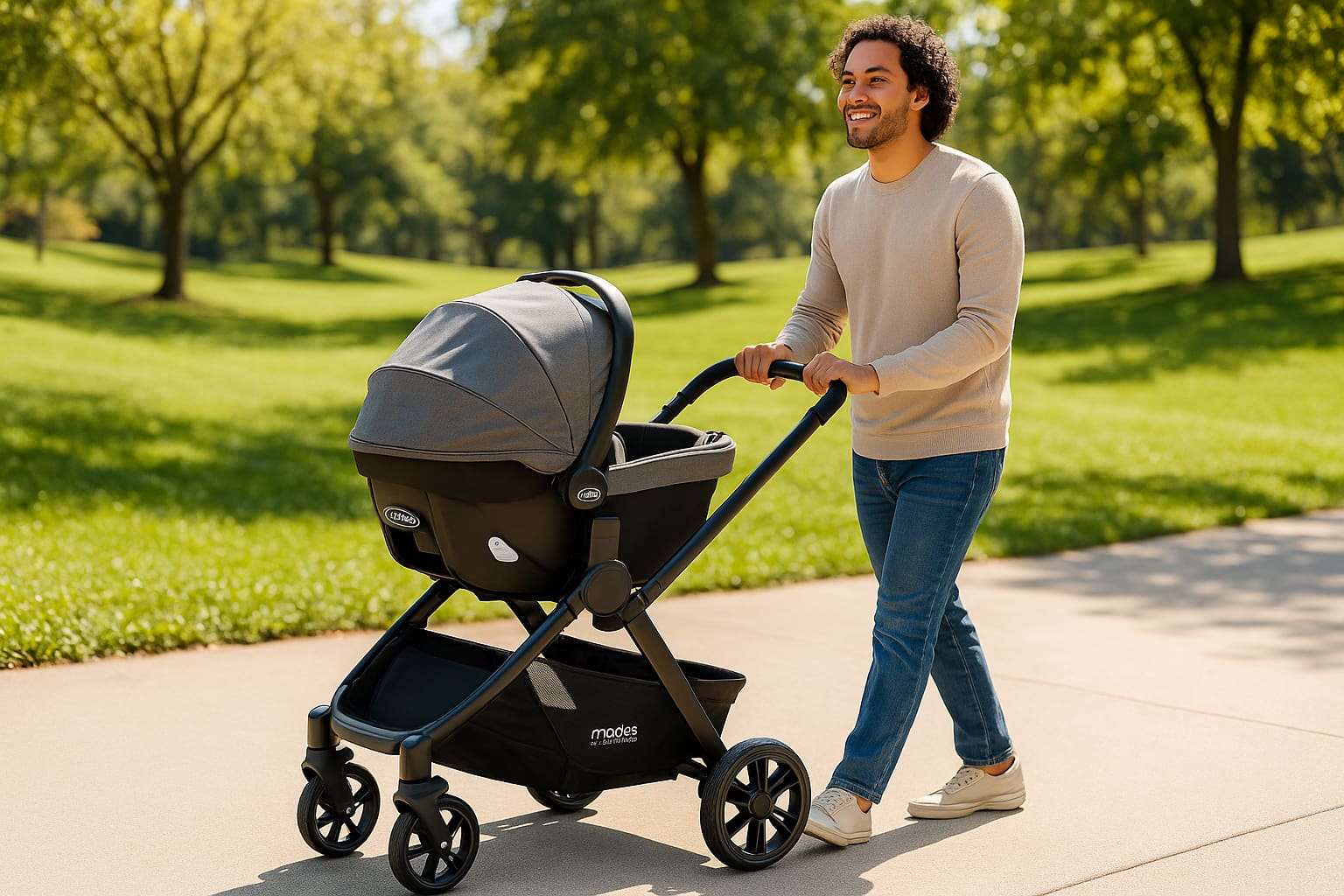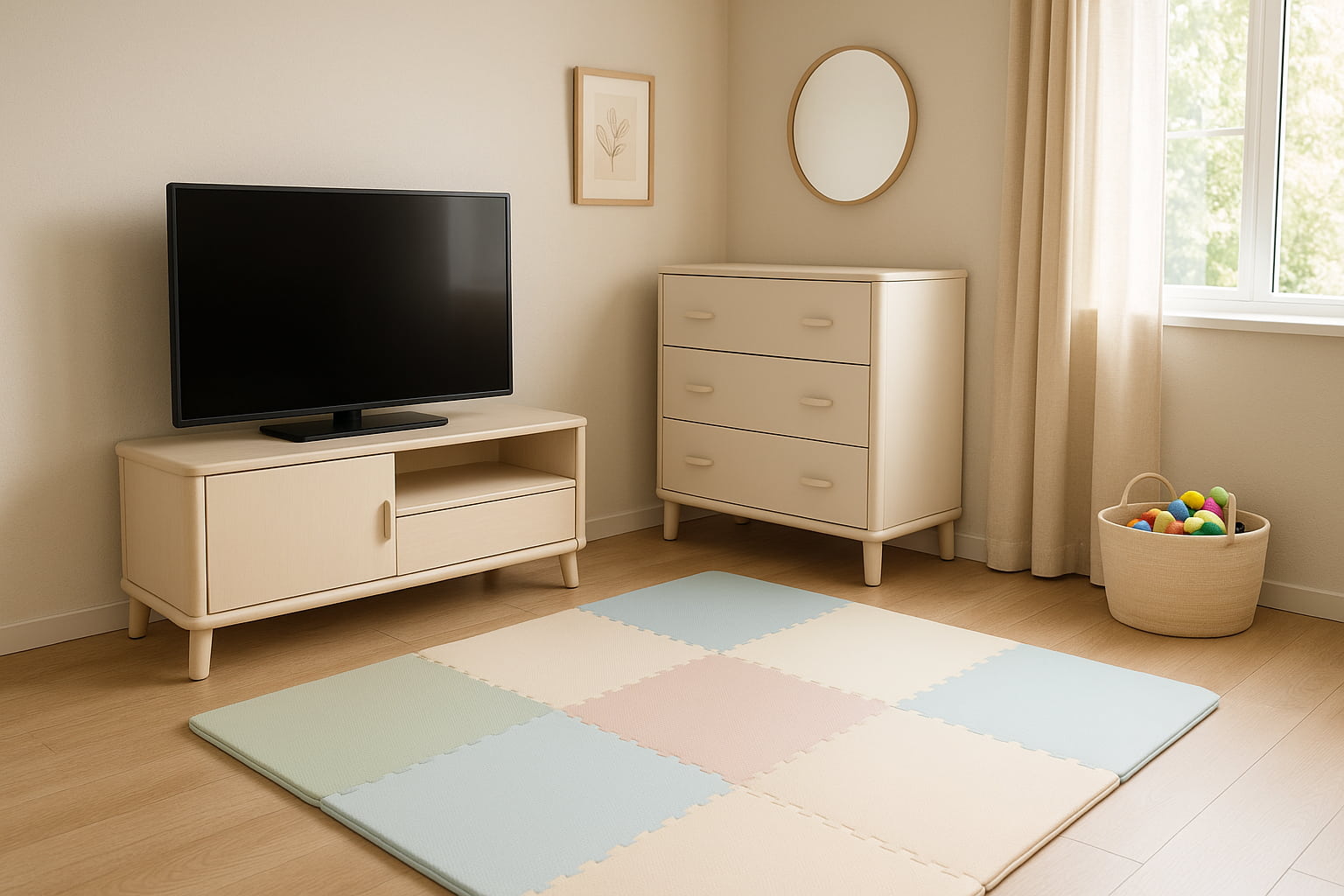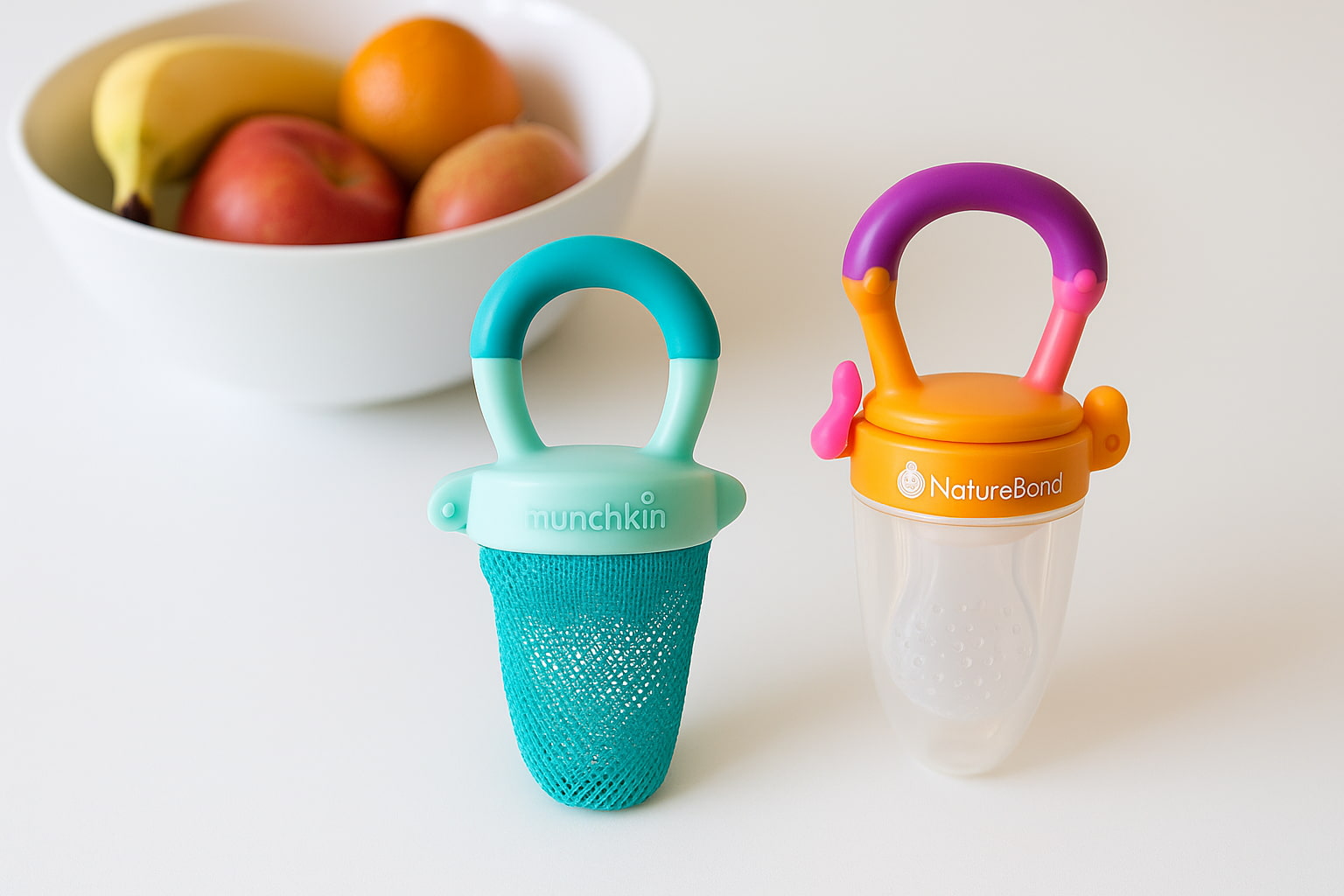Your Car-to-Home Safety Checklist Starts Here, and It’s More Important Than You Think.
Bringing your baby home isn’t just a milestone, it’s the beginning of a brand-new world. From those first quiet car rides to settling your newborn into a safe, welcoming home, every step matters.
But let’s be real, even the calmest new parents are secretly running mental checklists:
That’s why we created this complete car-to-home safety checklist to help you get it all right the first time. Think of it as your friendly guide covering the ride, the entry, and the setup at home.
🍼 Before You Leave: Car Safety Essentials
Let’s start with the drive. That first ride home is more than sentimental, it sets the tone for future safety.
Before you leave, make sure to check the following:
- ✅ Rear-Facing Car Seat: Ensure it’s installed properly with a snug base and a 45° recline angle.
- ✅ Harness Check: The straps should be snug, no slack, and the chest clip at armpit level.
- ✅ Mirror (Optional): If you want to monitor baby without turning around, install a baby-safe backseat mirror.
- ✅ Window Shades: Keep direct sunlight off your newborn, especially in warmer climates.
- ✅ Declutter the Car: Remove any loose objects from seats and floors, they become hazards in a sudden stop.
Not sure if your current seat meets 2025 safety standards? 👉 Read our latest review on the Graco SnugRide SnugLock 35, one of the top-rated infant car seats for new parents.
🏠 Preparing the Home for Arrival
When you finally step inside the house with your baby, the last thing you want to worry about is clutter, noise, or safety.
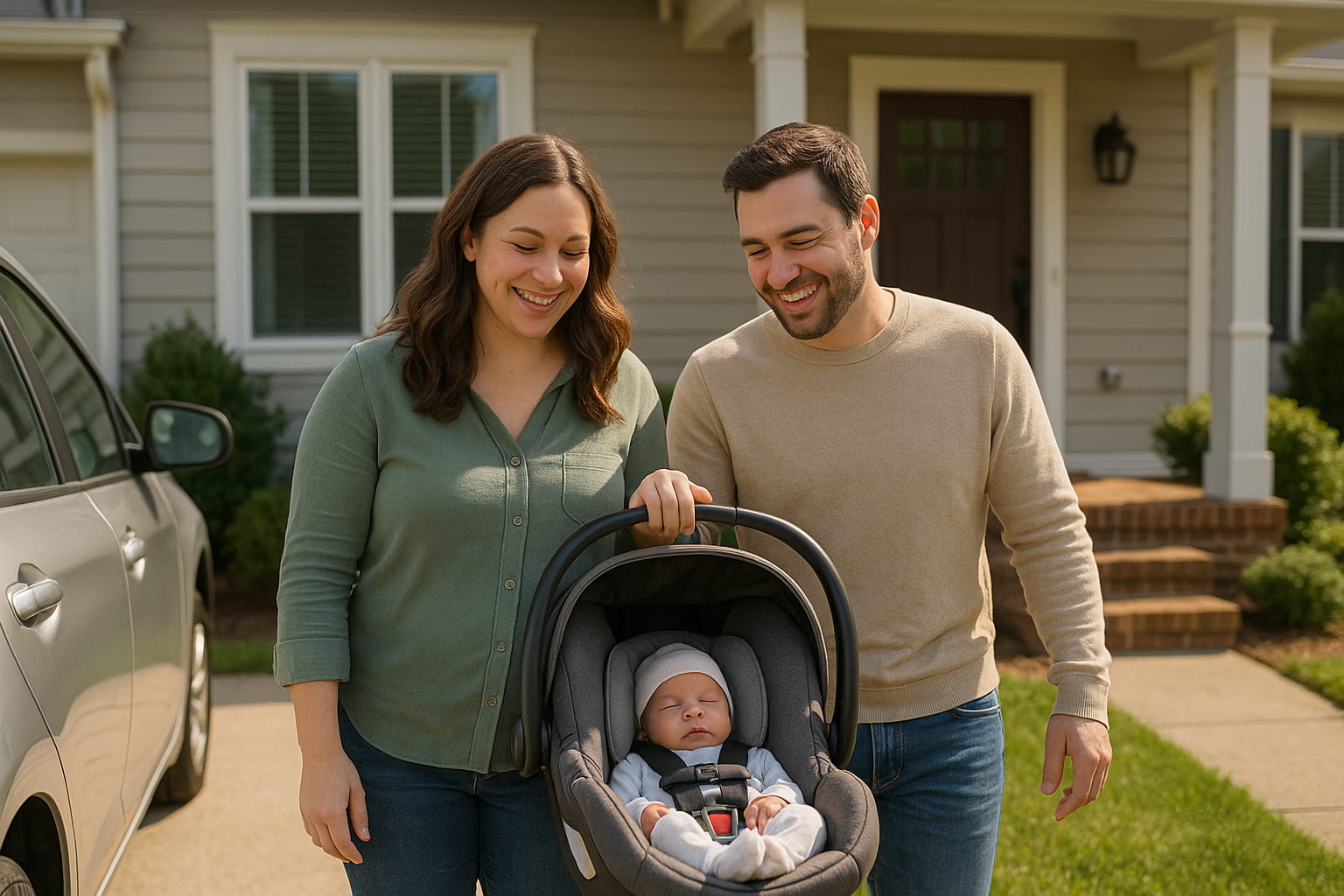
Check these essentials before your baby crosses the threshold:
- 🧼 Entryway & Floors: Clear paths, wipe slippery tiles, and secure rugs to prevent tripping hazards.
- 🌡️ Room Temperature: Newborns can’t regulate body heat well, keep the temp between 68–72°F (20–22°C).
- 💡 Lighting: Soft lighting helps avoid startling your baby and gives you better visibility at night.
- 🔒 Safety Locks: If older siblings are home, consider cabinet and drawer locks in advance.
- 🧺 Laundry & Pets: Remove any laundry baskets or pet toys near sleeping areas or changing tables.
📌 Did You Know?
The National Safety Council claims that using the proper car seat and booster seat for kids cuts the number of serious and fatal injuries in half. Still, one of the main causes of death for kids in the US is still traffic accidents. Proper education and consistent use of car seats, booster seats, and seat belts are crucial in preventing injuries and saving lives on our roads.
🛏️ Inside the Car: What You’ll Actually Use
Don’t overpack the car; just the basics:
- 🧴 Wipes, burp cloths, and an extra onesie
- 🍼 Emergency formula or nursing cover
- 🧷 Small first aid kit (just in case)
And of course, don’t forget your diaper bag essentials.
Need help building your baby’s car seat for short or long rides? 👉 Check out our “Top Car Accessories for Baby Safety in 2025” checklist.
📋 Home Transition Checklist (Quick Reference)
Here’s your printable car-to-home checklist:
| Area | What to Check |
| Car Seat | Rear-facing, reclined, secure base |
| Harness | Snug fit, chest clip at armpit level |
| Mirror & Shade | Optional but helpful |
| Home Entry | Clear, slip-proof floors |
| Nursery Setup | Temp control, soft lights, no clutter |
| Safety Locks | For drawers, stairs, and cabinets |
| Pets | Kept away from the newborn zone |
Worried about choking or other hidden hazards at home? 👉 Explore our guide on “Why Choking Is the #1 Risk for Babies”
🔄 When to Revisit This Car-to-Home Safety Checklist
This isn’t a one-time deal. As your baby grows, so do their needs and potential risks.
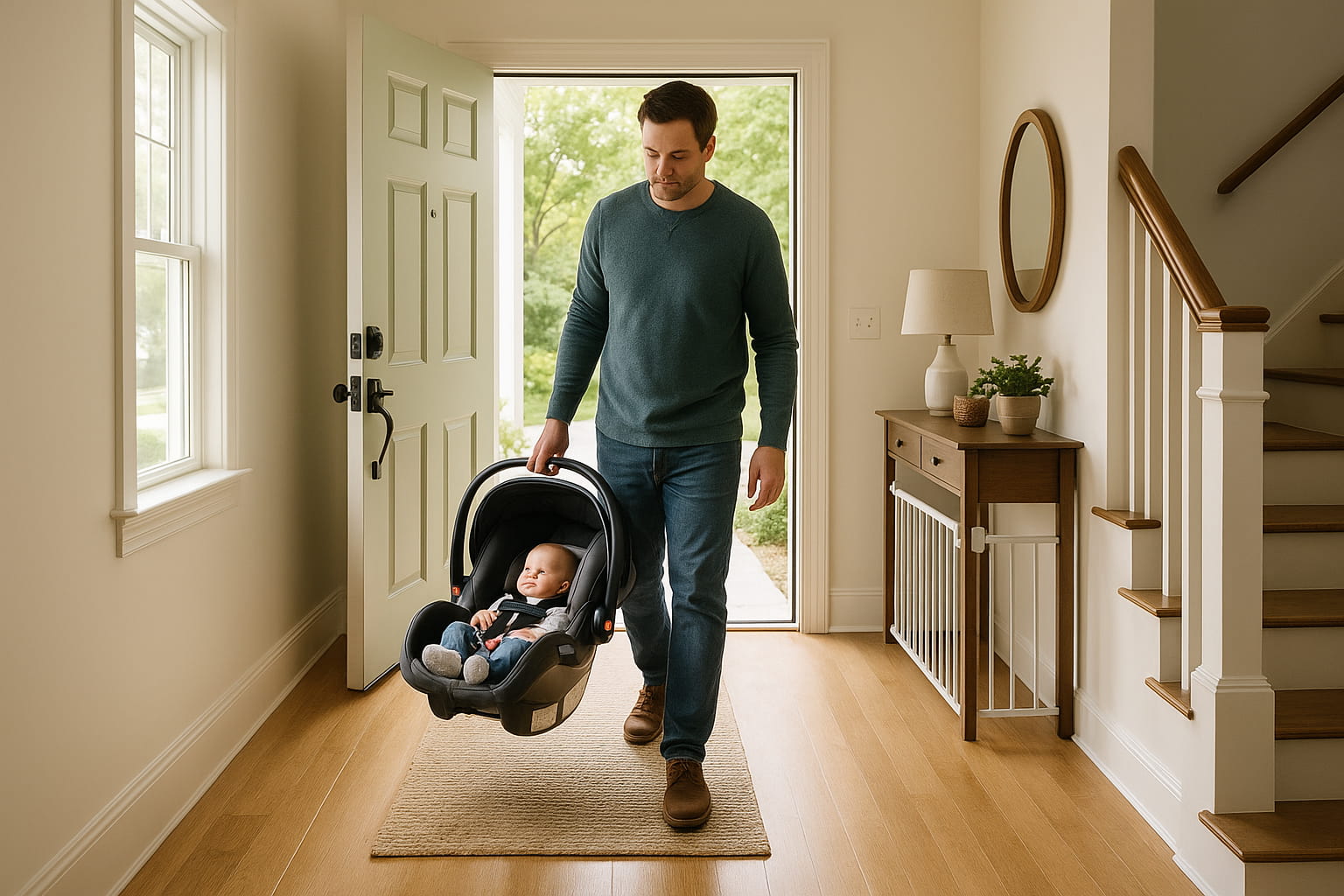
🗓️ Update your checklist every 3–6 months to account for:
- Starting solid foods (hello, high chairs and spoons)
- Mobility changes (rolling, crawling, pulling up)
- Temperature and seasonal changes
👉 Discover our “Rear-Facing vs Forward-Facing: What’s Safer for Babies?” comparison to make smarter decisions before your next car ride.
📘 Safety Disclaimer
The advice in this article is meant for general guidance and does not replace professional consultation. Always follow product-specific manuals and consult with certified safety experts for installations and upgrades.
✍️ By Find For Baby
This guide is part of Find For Baby’s trusted content series, helping real parents make safer, smarter decisions from day one. Every guide is backed by up-to-date research, parent feedback, and a whole lot of care. 🍼💛
